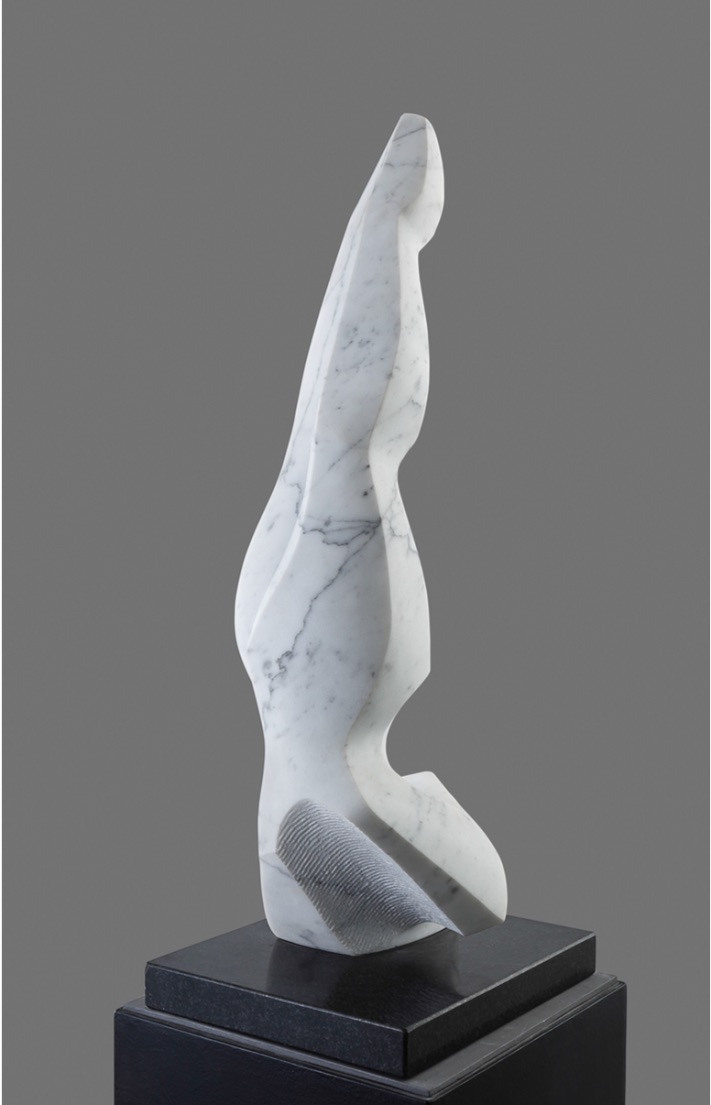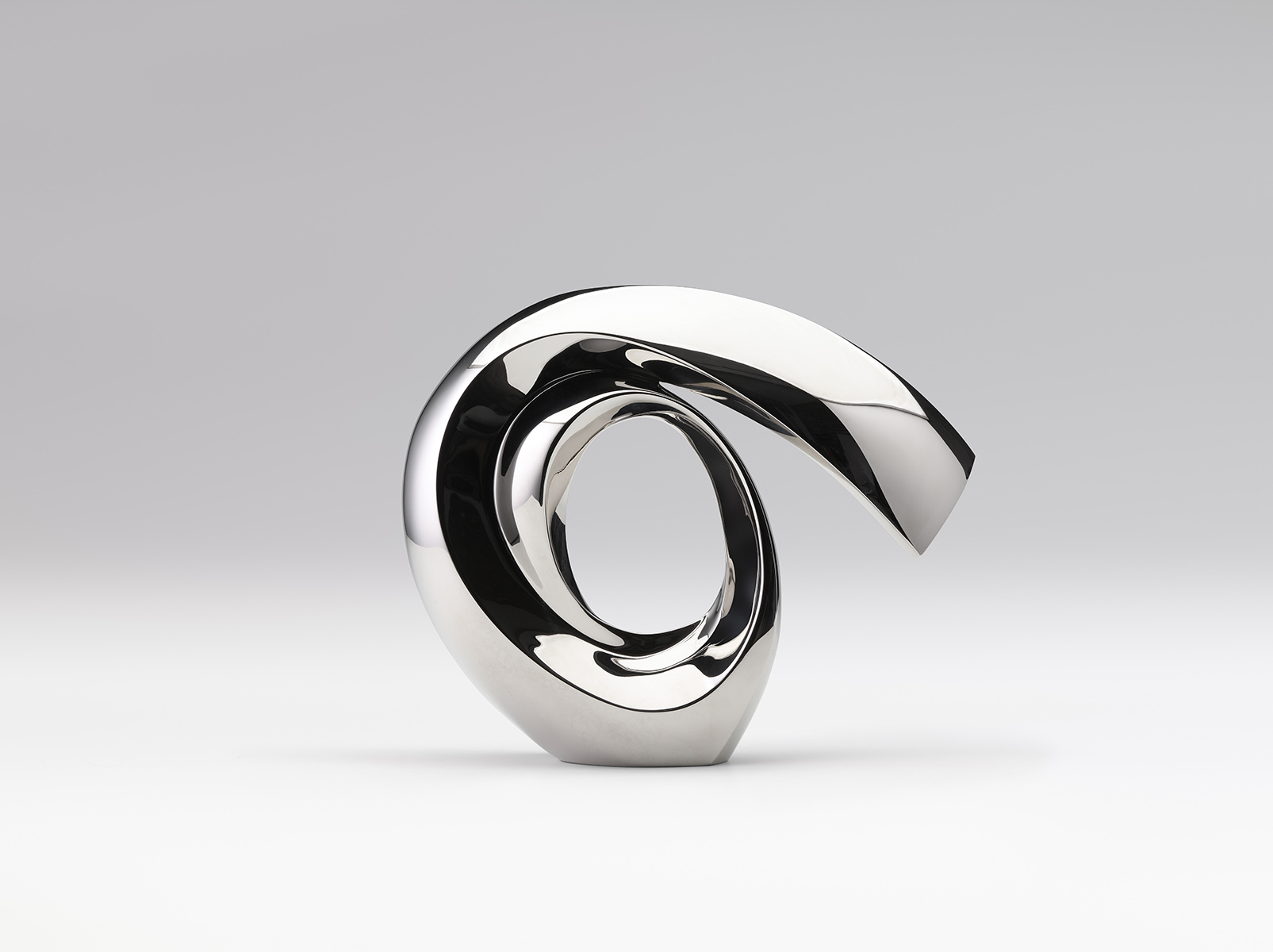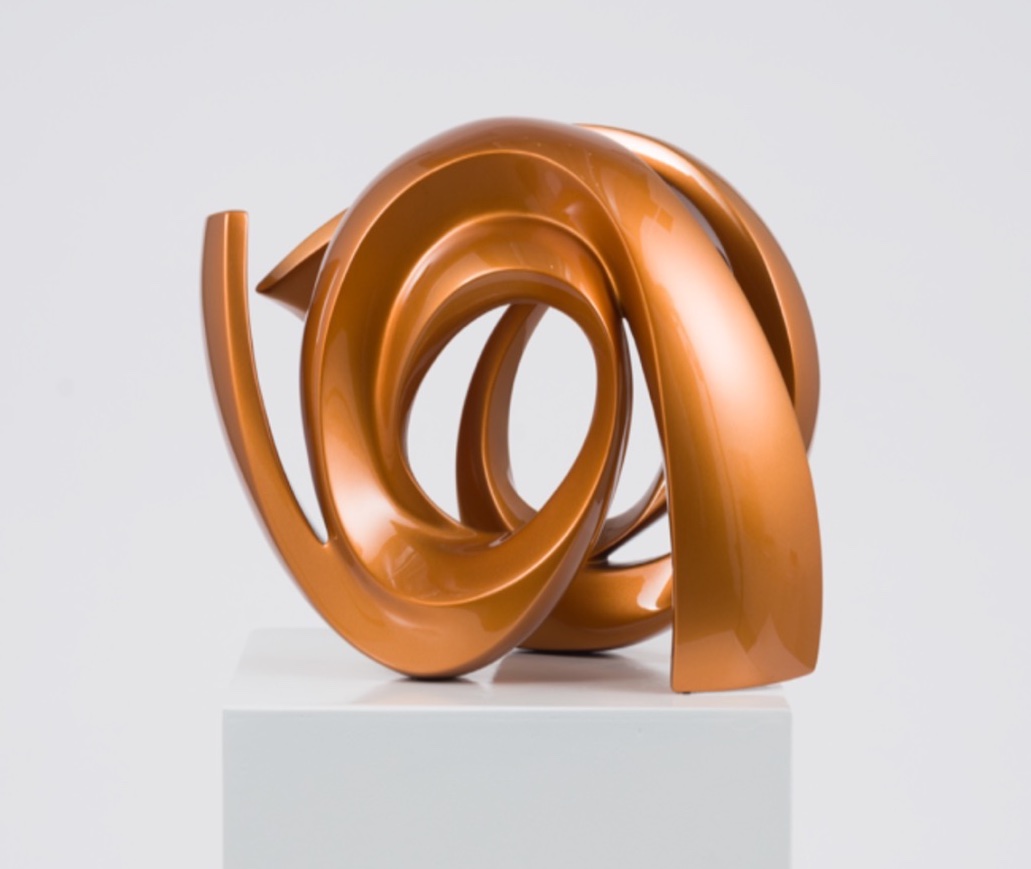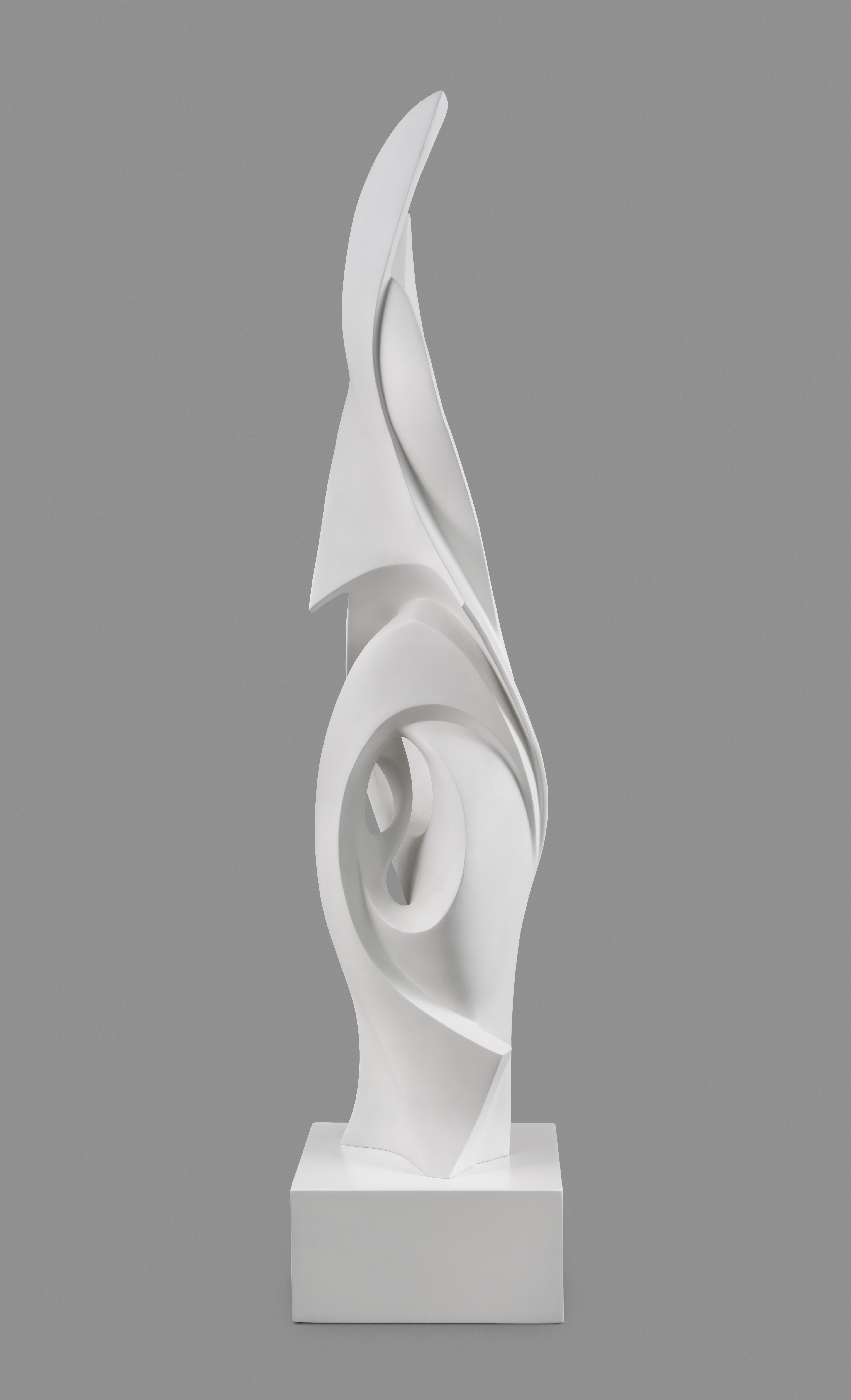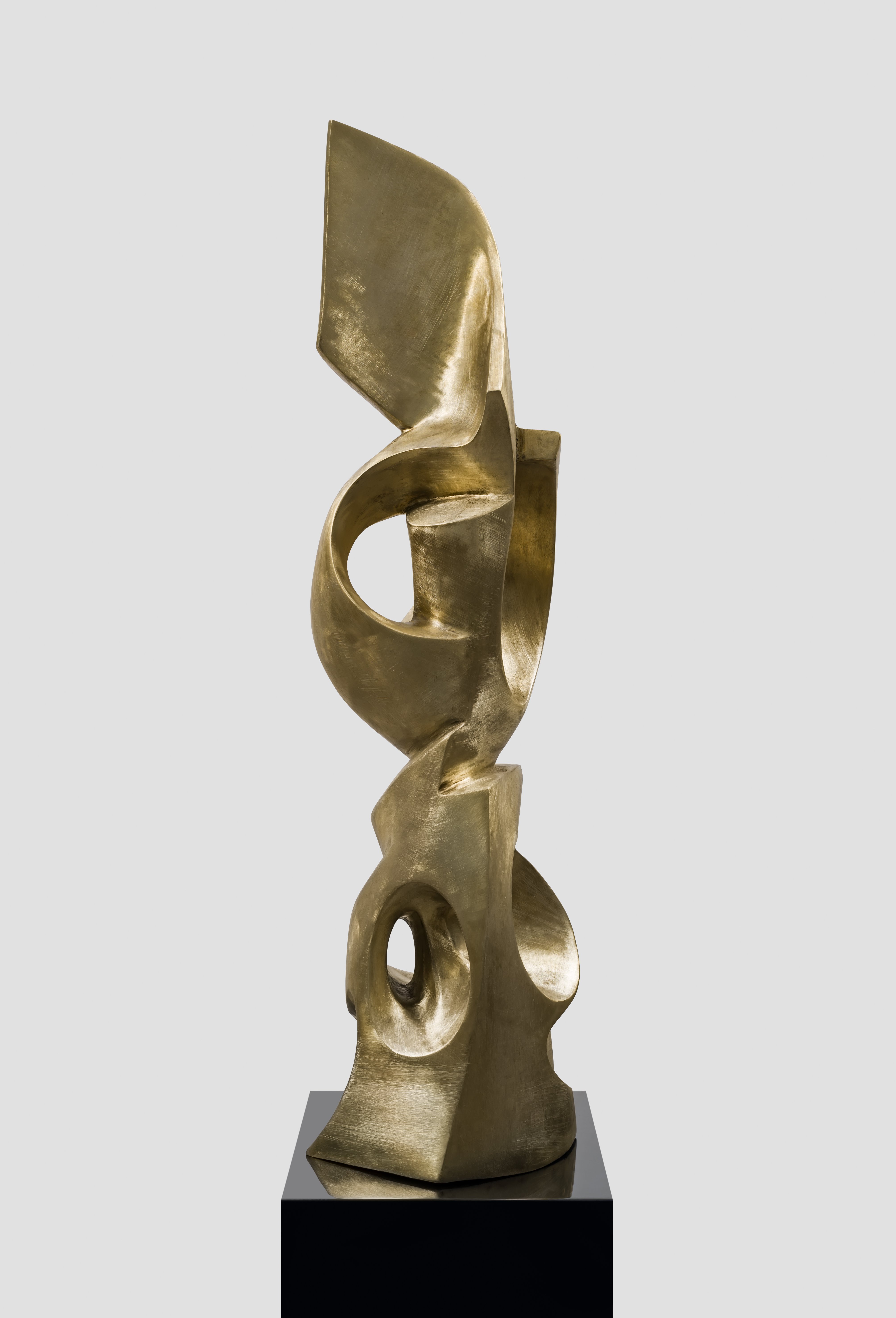María Boneo
María Boneo (1959, Belgrade, Yugoslavia) is an Argentine artist based in Buenos Aires. She studied at the National School of Fine Arts, Argentina; at the Statuaria Arte, Carrara, Italy; and in the studios of sculptors Leo Vinci, Aurelio Macchi, Miguel Angel Bengochea y Beatriz Soto García. She received several awards and mentions, including the Mention of the Salón Nacional de Artes Visuales (2014), the Second Prize at the Salón de Grabado y Escultura Ernesto de la Cárcova (2003) and the First Prize of Scultpure at the Museo Antonio Ballvé (2002). She participated in group and solo shows in institutions such as the Museo Sívori, Palais de Glace, MCMC Galería, and the Museo de Arte Decorativo, in Buenos Aires. Her work was part of art fairs in in Brazil, England, Argentina, United States, and France. Her two monograph books were published in 2019 and 2010, edited by Manuela López Anaya. She is currently part of the Collective 62, an artist platform in Miami, United States.
María Boneo´s work revolves around the use of sculpture to explore one of her main interests: the curvy lines reminiscent of the nest, the womb, and the female figure. By embracing abstraction, Boneo creates volumes which are abundant on convexities and concavities. These are built from diverse materials that introduce color, texture, reflection, temperature, and the presence of the block material. Boneo employs traditional materials, such as marble, wood, and bronze. She also experiments with nickel plated bronze, colored resins, and different types of stones, all of these allow her to achieve the intended nuances, polishing and lacquering. The core of her practice is based on the presence of a particular evocative sensuality, breaking away from obvious associations. Her sculptures set themselves as sensuous bodies, combining both rigidity and coldness while providing a silent and quiet reflection on the origin of life and its constant movements.
